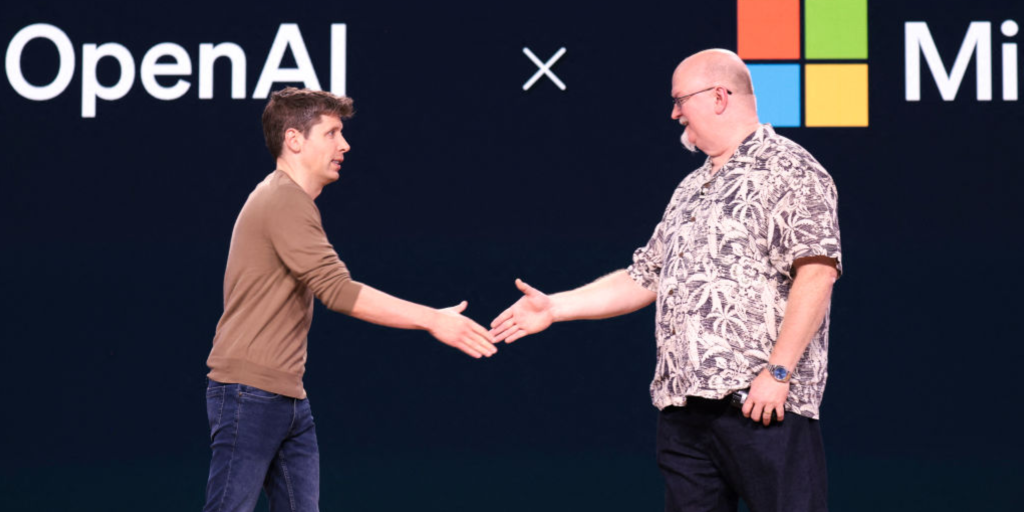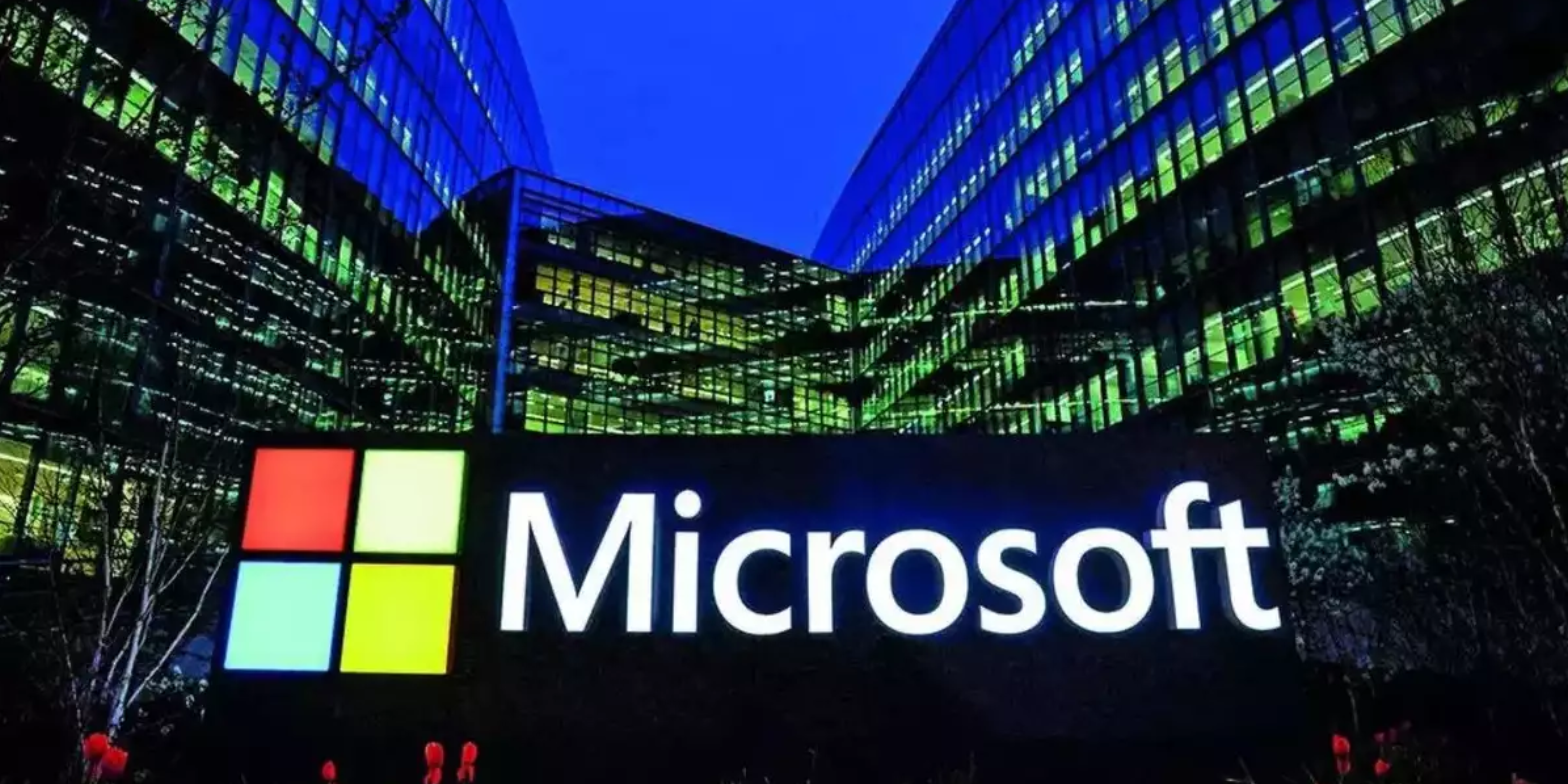Table of Contents
Microsoft has been making waves with its advancements in artificial intelligence for its productivity tools like Microsoft 365 Copilot. These AI-powered features help users write, create, and analyze data more efficiently. However, recent news suggests that Microsoft might be exploring alternatives to its partnership with OpenAI, the company behind the technology powering Copilot. Why would Microsoft, a leading tech company, consider this shift? Let’s delve into the reasons and explore the bigger picture.
The Current Partnership

Microsoft’s collaboration with OpenAI has been a significant milestone in bringing advanced AI capabilities to everyday users. OpenAI’s large language models have powered tools like Copilot to enhance productivity, making tasks like drafting emails, analyzing spreadsheets, and summarizing documents faster and easier. For many, it seemed like a perfect match—Microsoft provided the platform, and OpenAI delivered the technology.
However, even successful collaborations can face challenges. As AI evolves, so do the needs and strategies of companies like Microsoft. The tech giant might now be considering alternatives for several reasons, which we’ll explore in detail.
Reason 1: Greater Control and Customization
When working with a partner, even one as innovative as OpenAI, there are limitations on how much control a company has over the technology. Microsoft may want more flexibility to shape AI capabilities specifically for its ecosystem. By developing its technology or partnering with other providers, Microsoft could:
- Tailor AI features to meet the unique demands of Microsoft 365 users.
- Ensure seamless integration with its existing products like Teams, Excel, and PowerPoint.
- Address data privacy concerns more effectively by owning the entire AI development pipeline.
Having full control over the AI’s architecture might also allow Microsoft to innovate faster and address user feedback more efficiently.
Reason 2: Cost Management
Another significant factor could be cost. Licensing technology from a partner like OpenAI can be expensive. As Microsoft scales its AI offerings to millions of users, these costs might become unsustainable in the long term. By investing in its own AI research or seeking other partnerships, Microsoft could:
- Reduce expenses related to licensing and royalties.
- Increase profitability for AI-driven tools like Copilot.
- Allocate resources more strategically across its diverse product portfolio.
Cost considerations are crucial for a company as large as Microsoft, especially when rolling out high-demand features across global markets.
Exploring Alternatives
If Microsoft is indeed exploring alternatives, what could those look like? Here are a few possibilities:
1. In-House AI Development
Microsoft has a strong history of innovation and an extensive team of researchers. By focusing on building its own AI models, the company can ensure complete alignment with its vision. Microsoft already owns Azure AI, which could serve as the foundation for its next-generation tools.
2. Acquisition of Smaller AI Firms
Instead of partnering with a single large entity, Microsoft might acquire smaller, specialized AI companies. This approach could bring fresh ideas and niche expertise into the company’s ecosystem.
3. Diverse Partnerships
Rather than relying solely on OpenAI, Microsoft might partner with multiple AI providers. This strategy could give Microsoft access to a broader range of technologies while reducing dependence on a single source.
The Bigger Picture: AI in Productivity Tools
Microsoft’s potential move reflects a broader trend in the tech world—the race to integrate AI into productivity tools. As AI becomes a standard feature in software, companies are vying to deliver the best, most efficient tools to their users.
How This Affects Users
For users, the shift could mean:
- Better customization of AI features tailored to specific industries or needs.
- Improved data privacy, as companies like Microsoft fully own AI development.
- Lower costs, as competition among AI providers drives down prices.
The Competitive Landscape
Other tech giants like Google, Amazon, and Apple also invest heavily in AI for productivity. If Microsoft’s potential shift results in better AI integration, it could set a new standard and push competitors to innovate.
Challenges Ahead
While exploring alternatives has potential benefits, it’s not without challenges. Microsoft would need to:
- Invest heavily in research and development.
- Ensure continuity for existing users during any transition.
- Compete with established players like OpenAI, which has a head start in some areas.
Moreover, breaking away from a successful partnership can be risky, especially if the alternatives don’t deliver the same quality.
Conclusion
Microsoft’s exploration of alternatives for 365 Copilot signals its commitment to staying at the forefront of AI innovation. Whether it develops in-house capabilities, partners with new players, or takes a hybrid approach, the goal remains: delivering the best possible tools for its users.
For everyday users, this development could bring more powerful and personalized AI features to Microsoft 365, making work and creativity easier. As the AI landscape continues to evolve, one thing is certain: the future of productivity tools is bright, and Microsoft intends to lead the way.






































